5 steps to help your child to maintain a positive mindset

A positive attitude is a great skill that your child can learn to acquire.
As a parent, you can encourage your child to maintain a positive mindset. You are your child’s role model in life, and taking time to listen and point them in the right direction will help them to have an optimistic approach.
Try these 5 steps to help your child to maintain a positive mindset:
Help your child to recognise their achievements
By highlighting their accomplishments, it will encourage them to keep up the good work. Give credit where credit is due., it will go a long way!
Turn negatives into positives
Instead of providing negative comments or feedback, try to turn it into something they can learn from. So, rather than criticising, why not say what they could have done better in that situation? This way, it is easier to learn from it and constantly improve.
Communication goes a long way
Ask your child what went well with their day, and if there was anything that didn’t go too well. Encouraging your child to speak about what’s on their mind will help them to get anything off of their chest.
Build upon their self-esteem
Help your child recognise what makes them unique and special. Encourage them that this is a positive trait and to embrace it. This will improve their self-esteem and self-awareness, making them able to see their strengths and skills.
Turn problems into solutions
If there’s any issues or problems that your child is facing, encourage them to think about how to resolve it. This will avoid stressing about the problem and working out a solution. Being rational is a way of overcoming negatives and working out how to fix them.
A positive mindset will compliment your child’s learning, providing an optimistic approach and a can-do attitude.

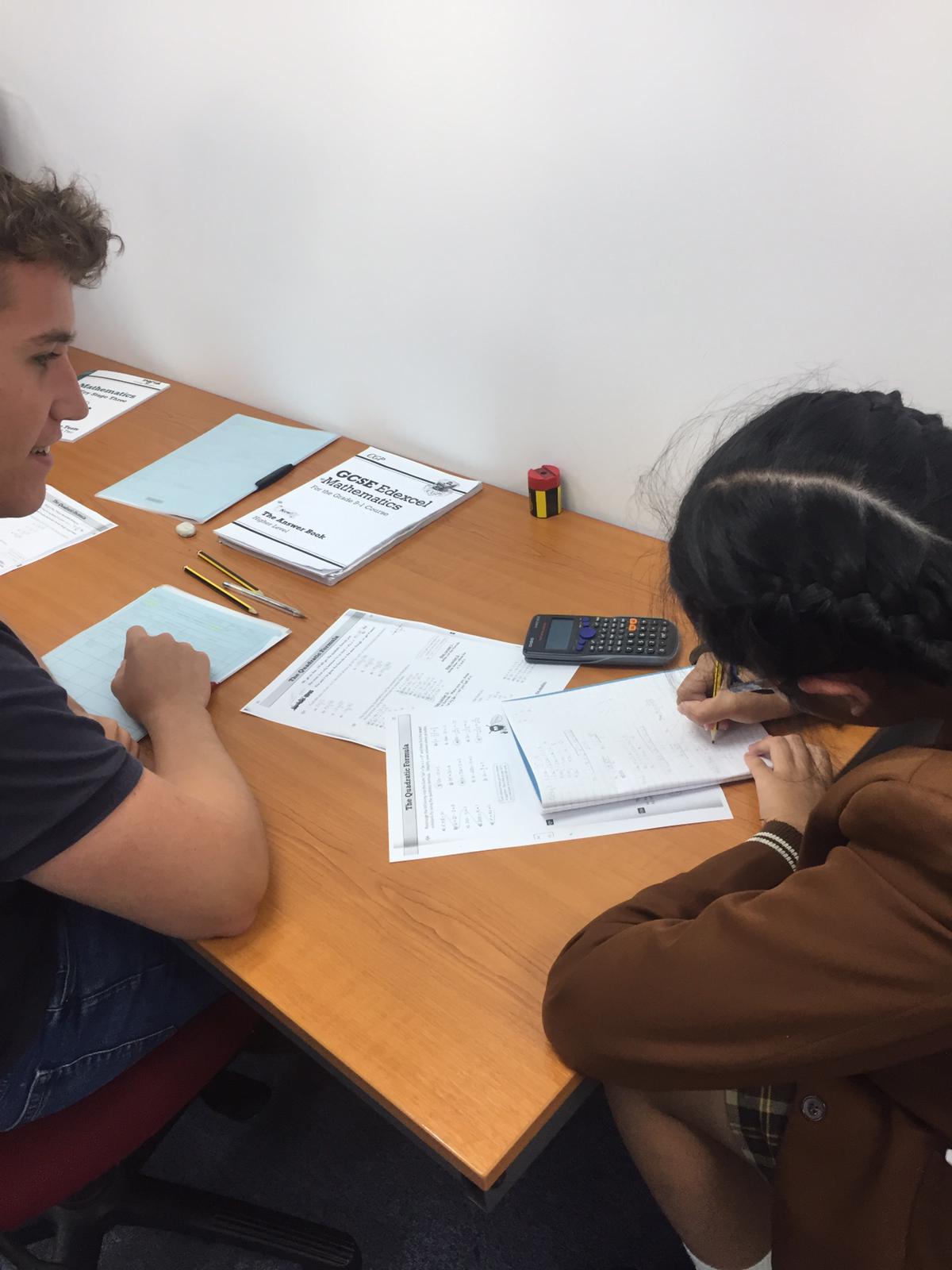
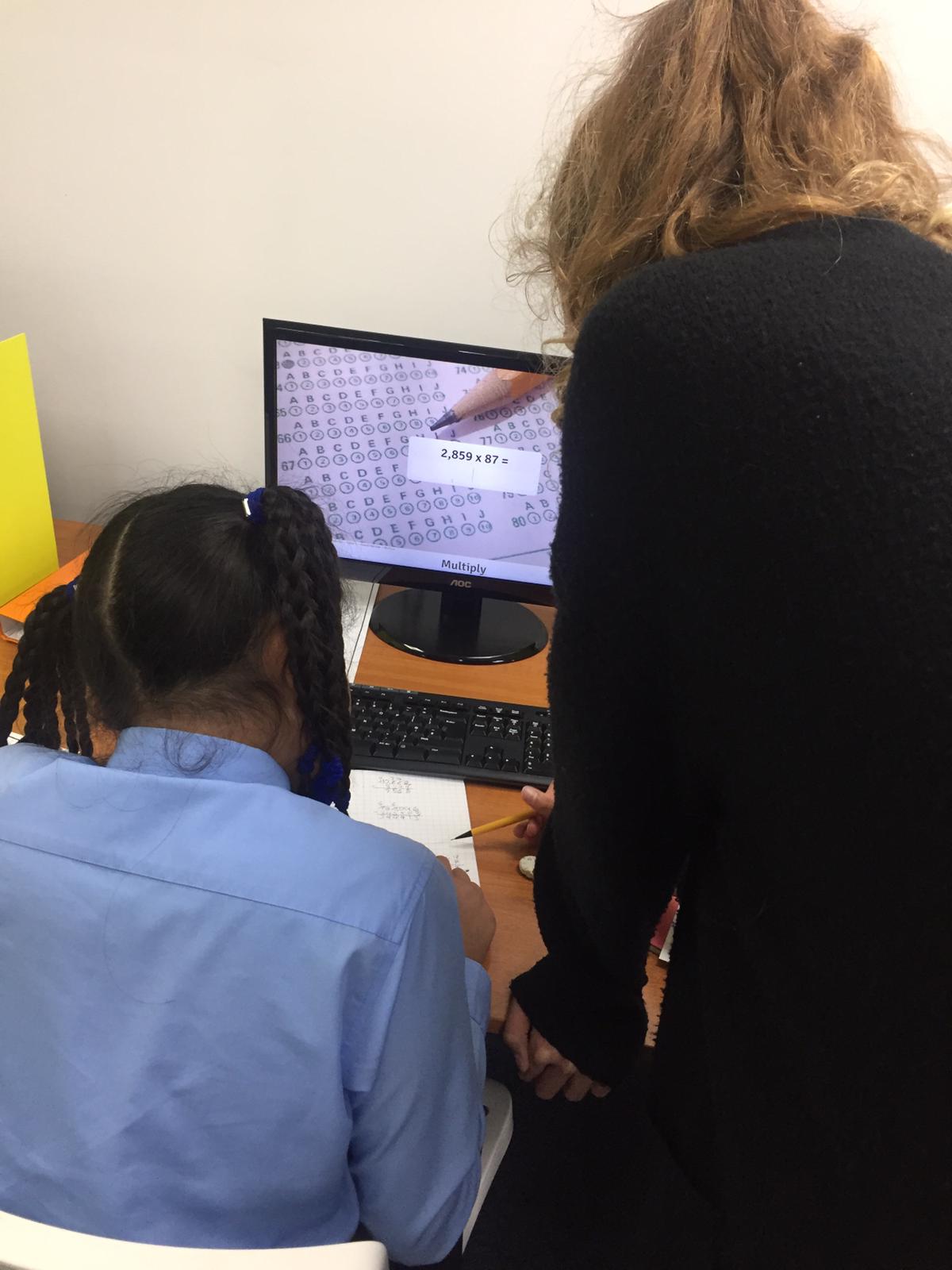

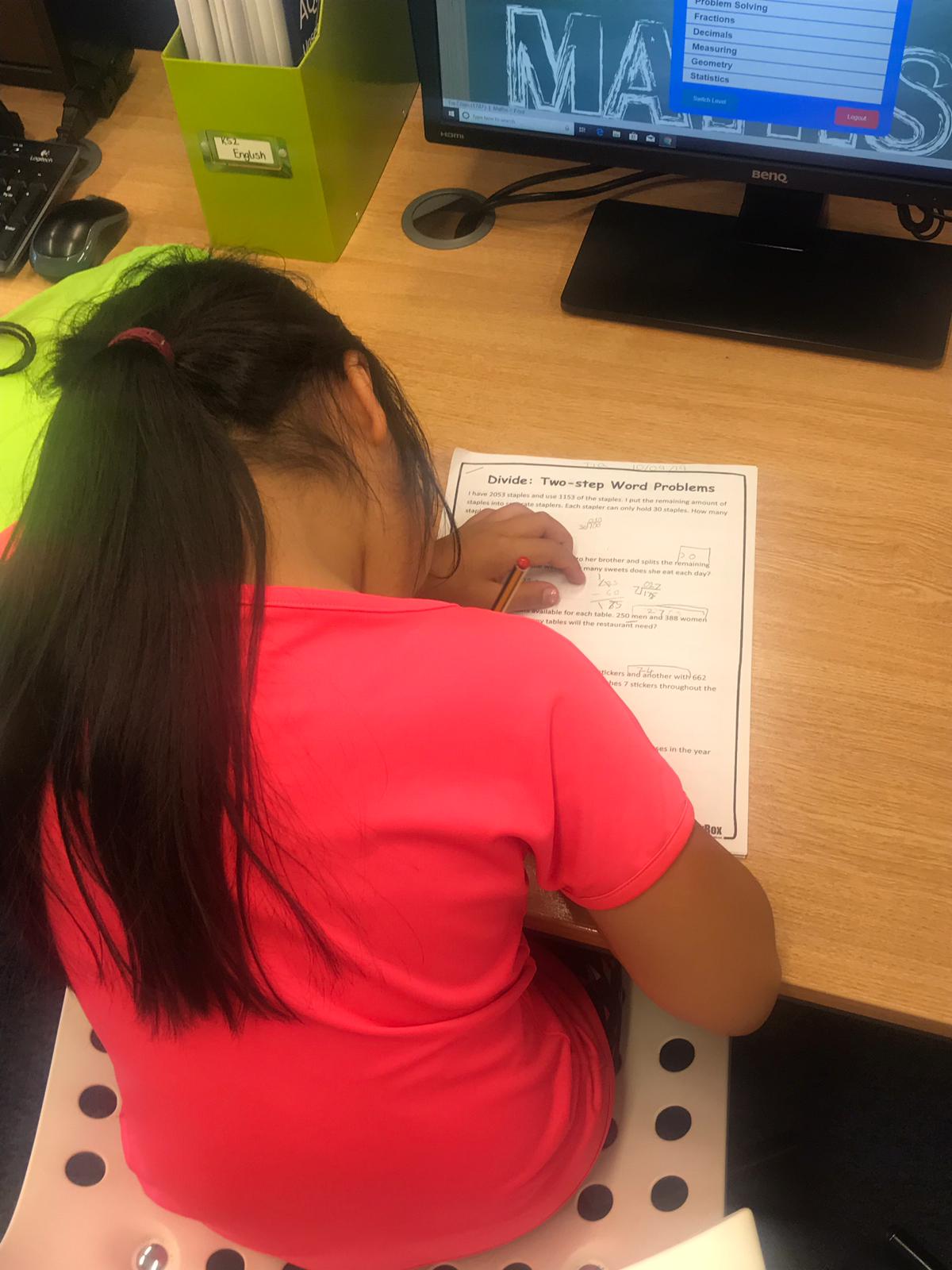
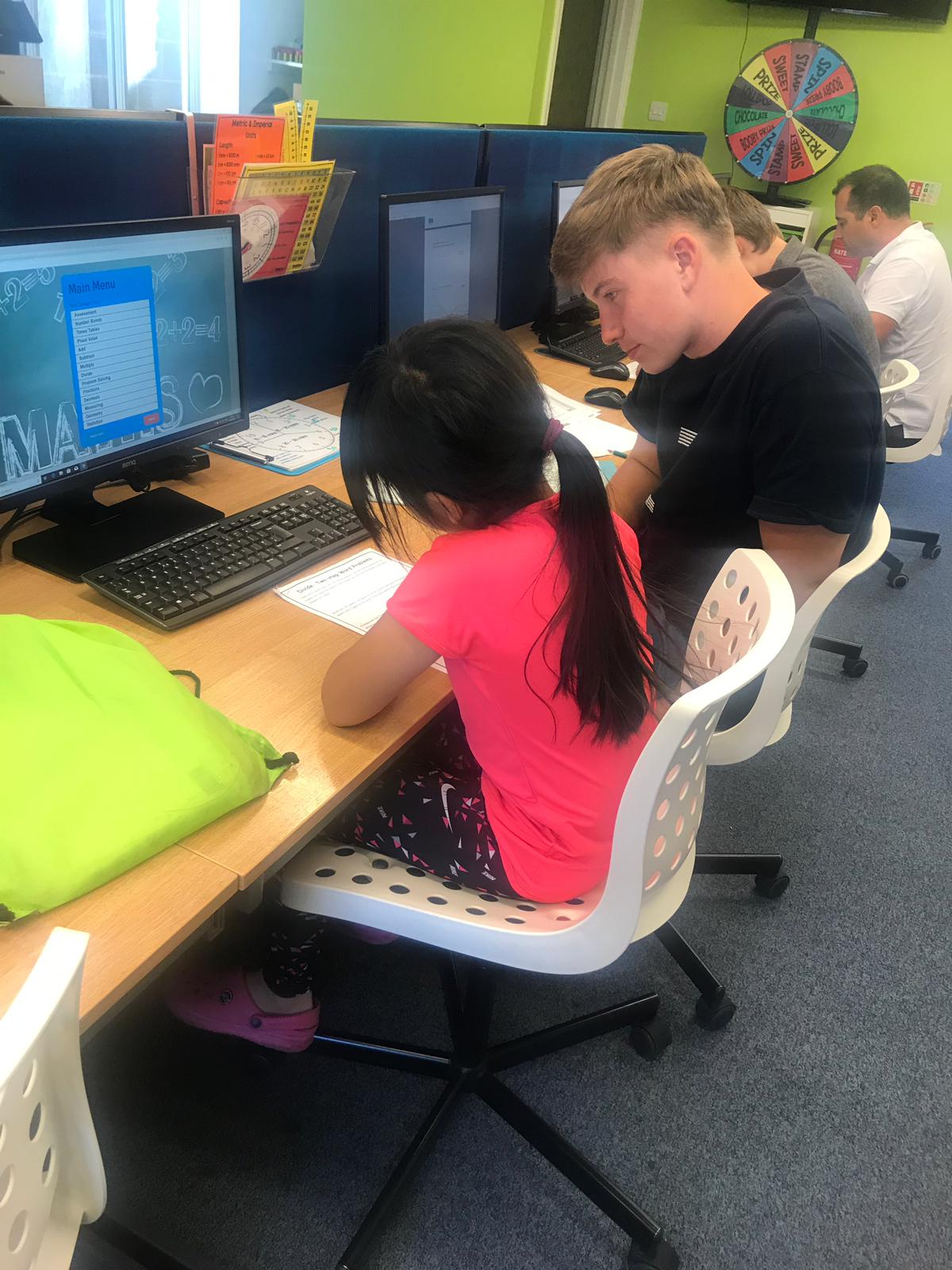

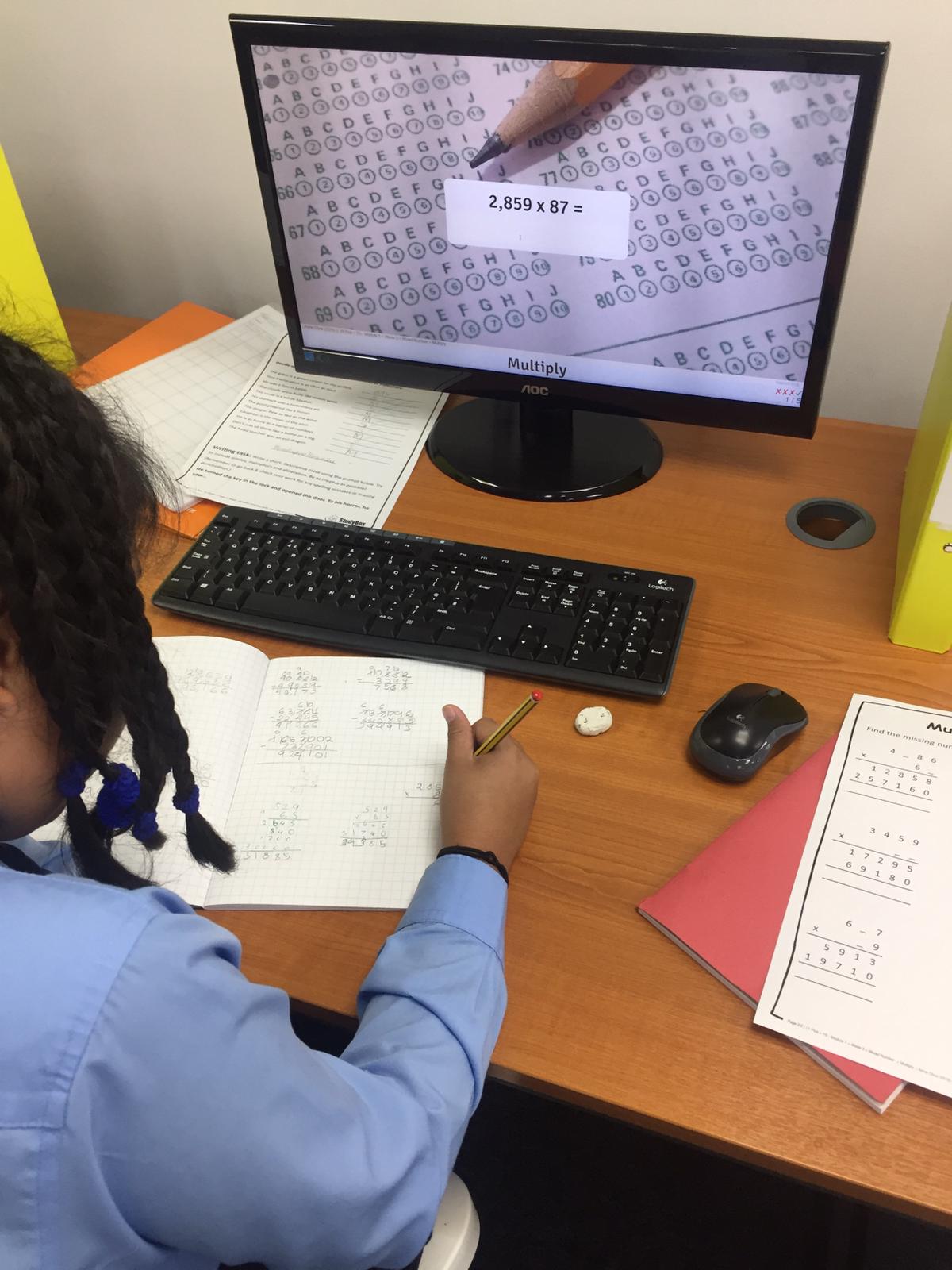


 so this represents 1/4
so this represents 1/4 and this is 1/3
and this is 1/3